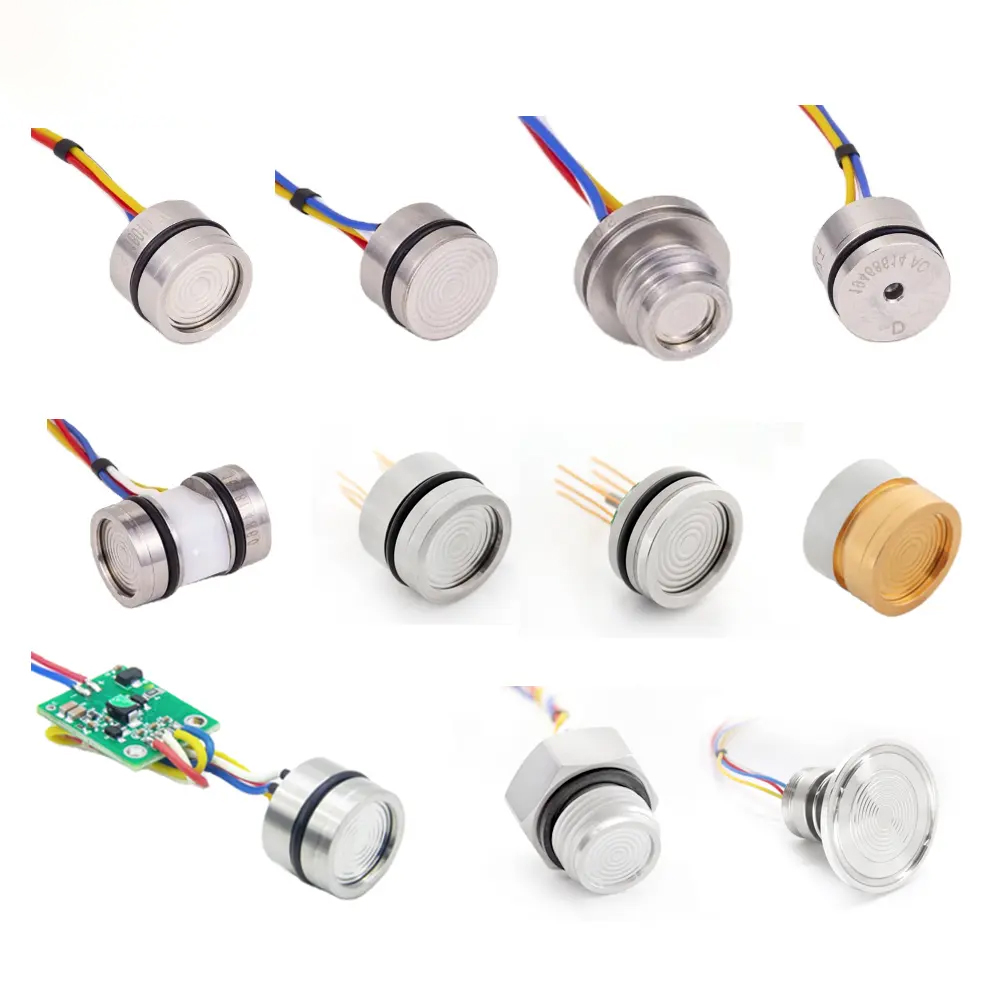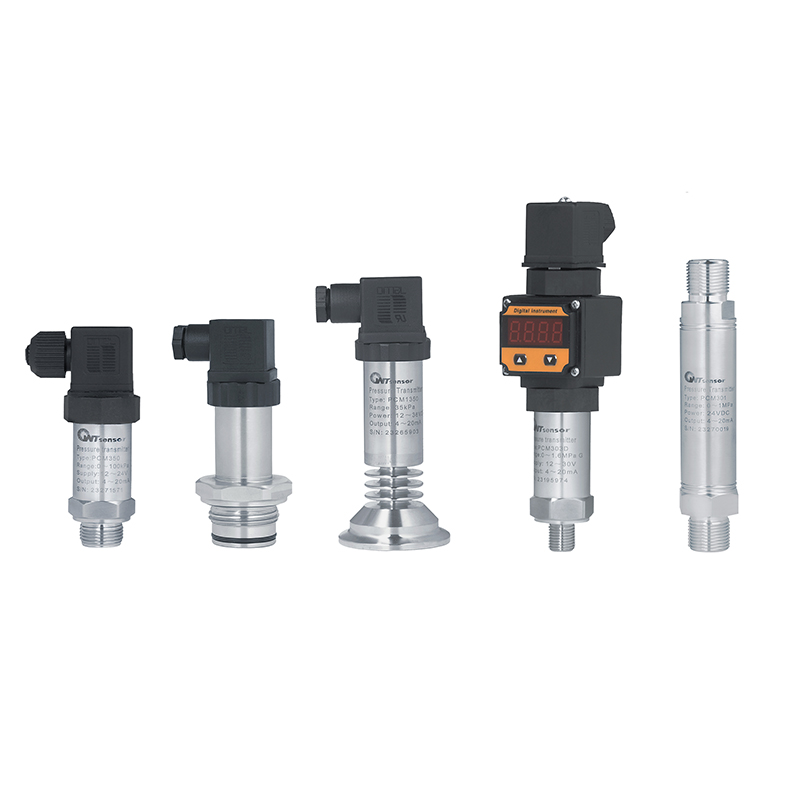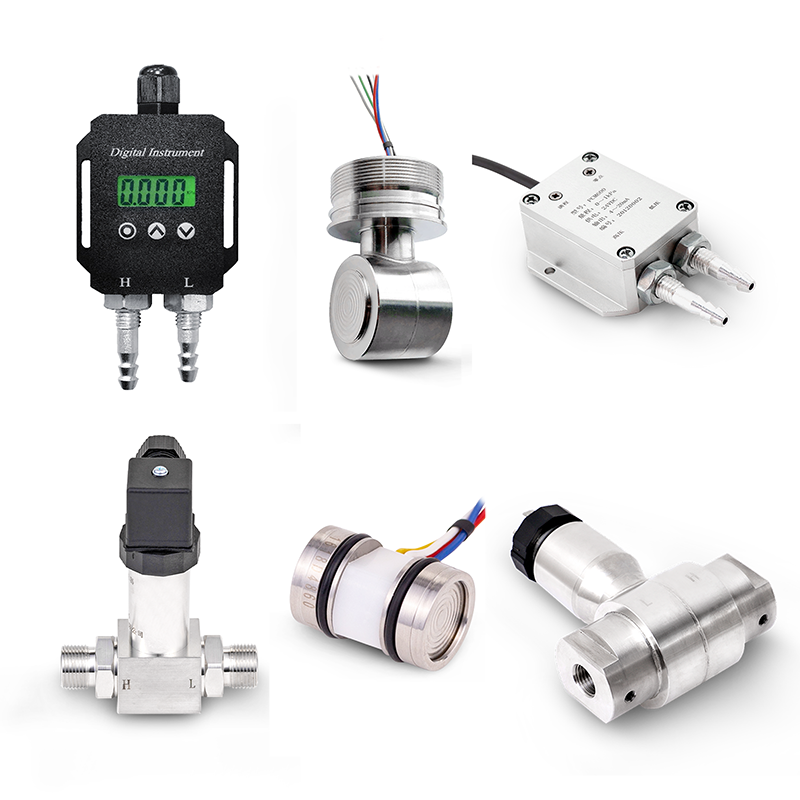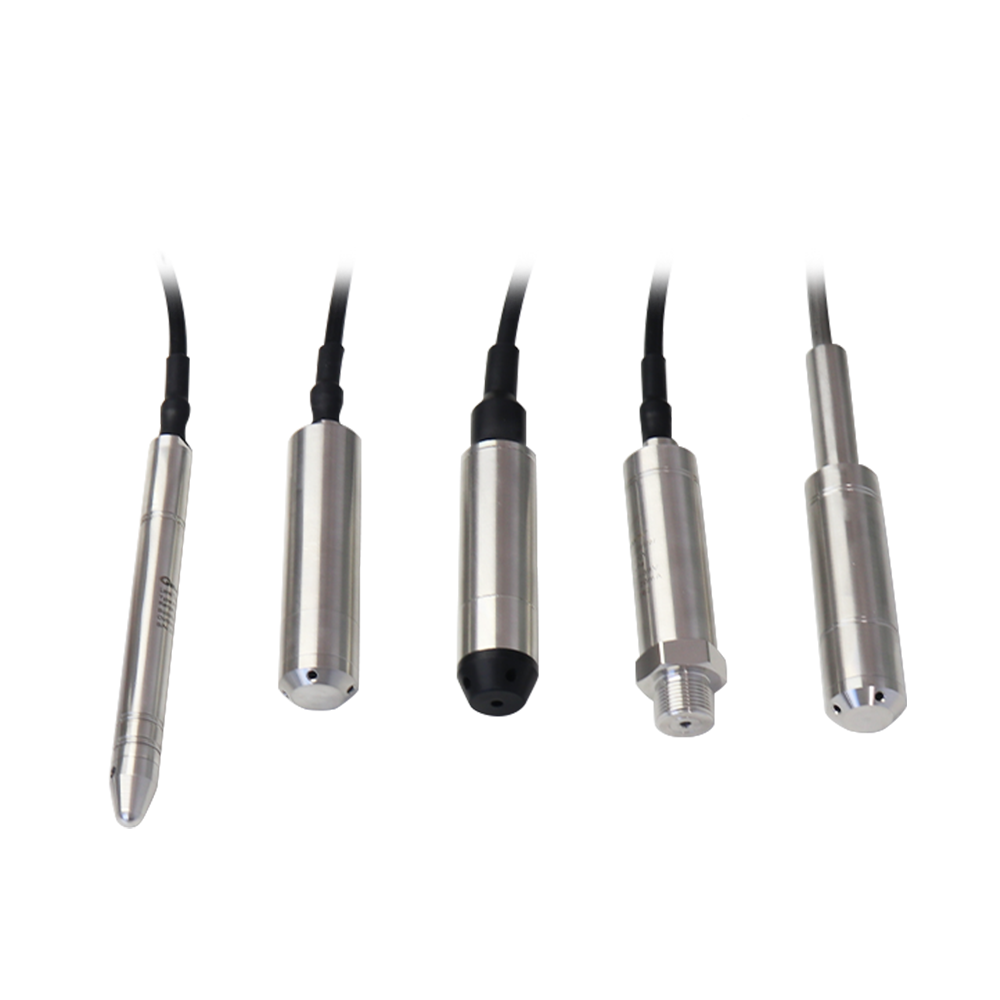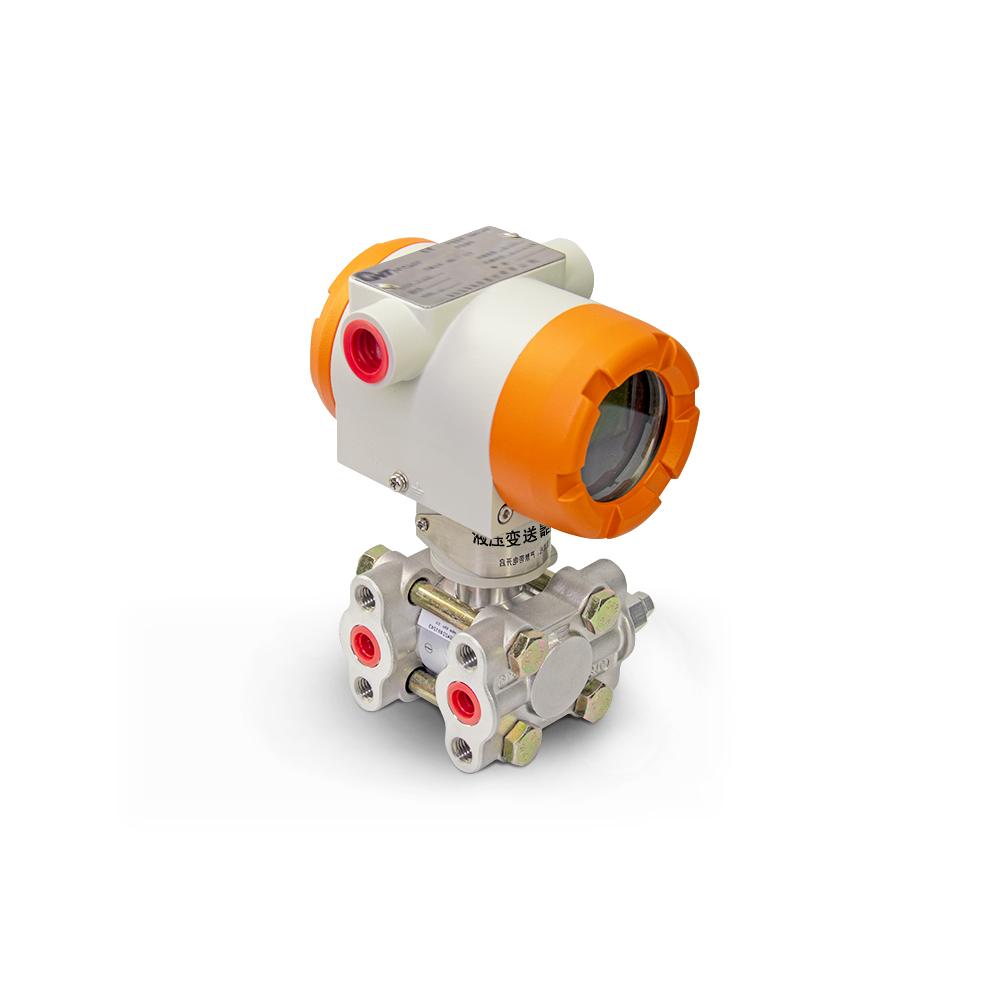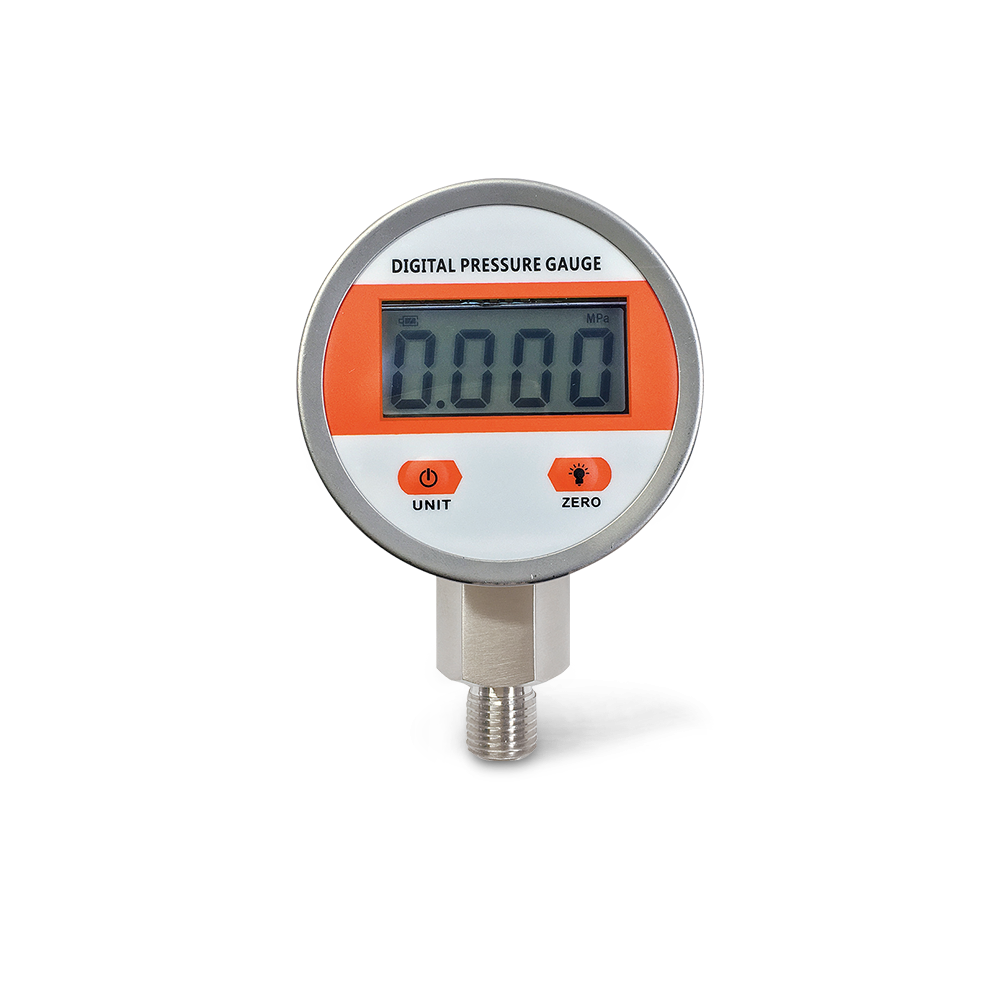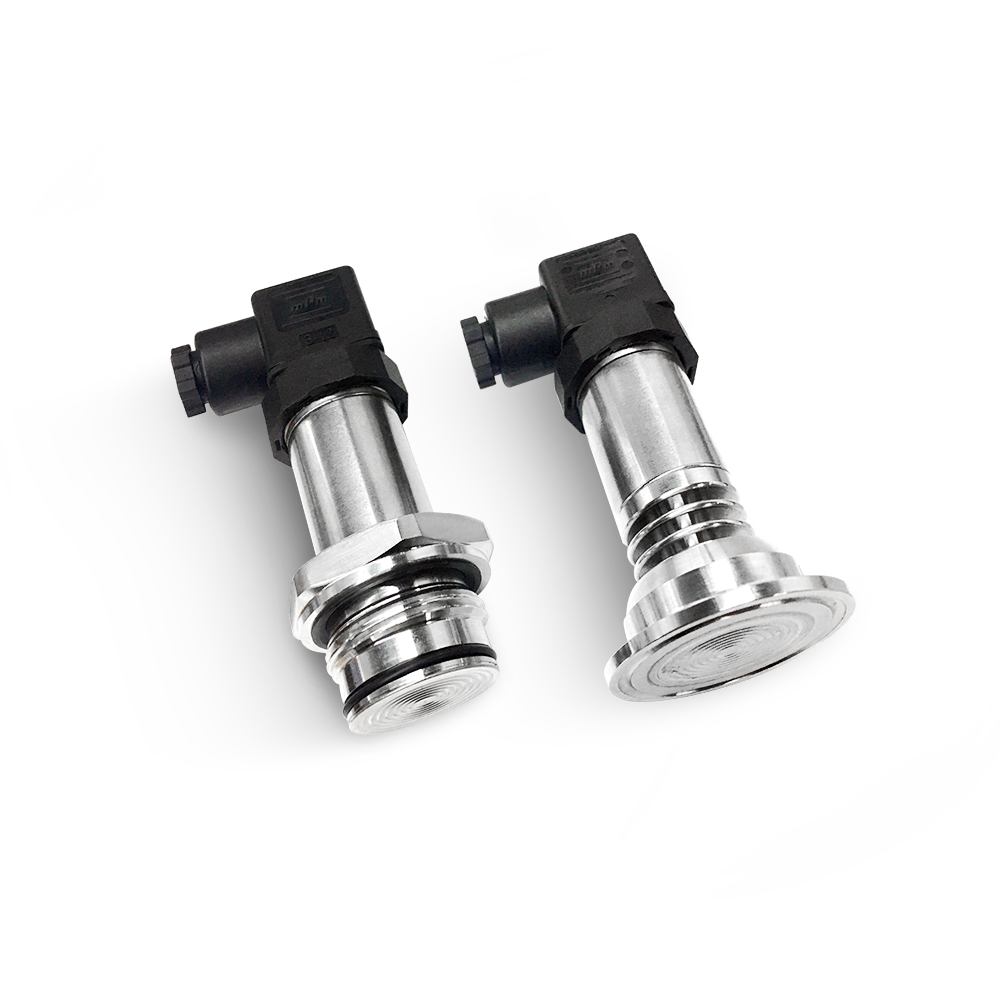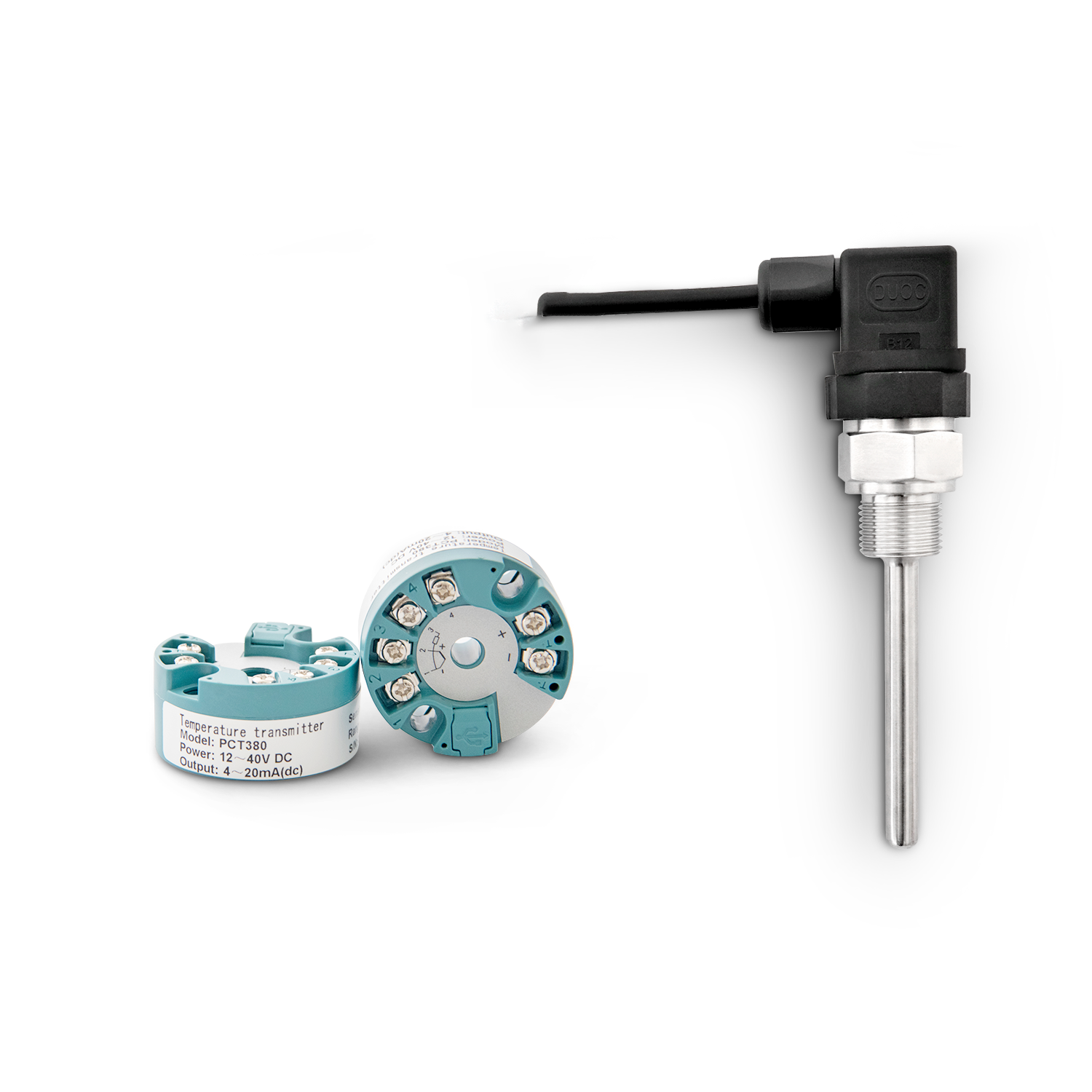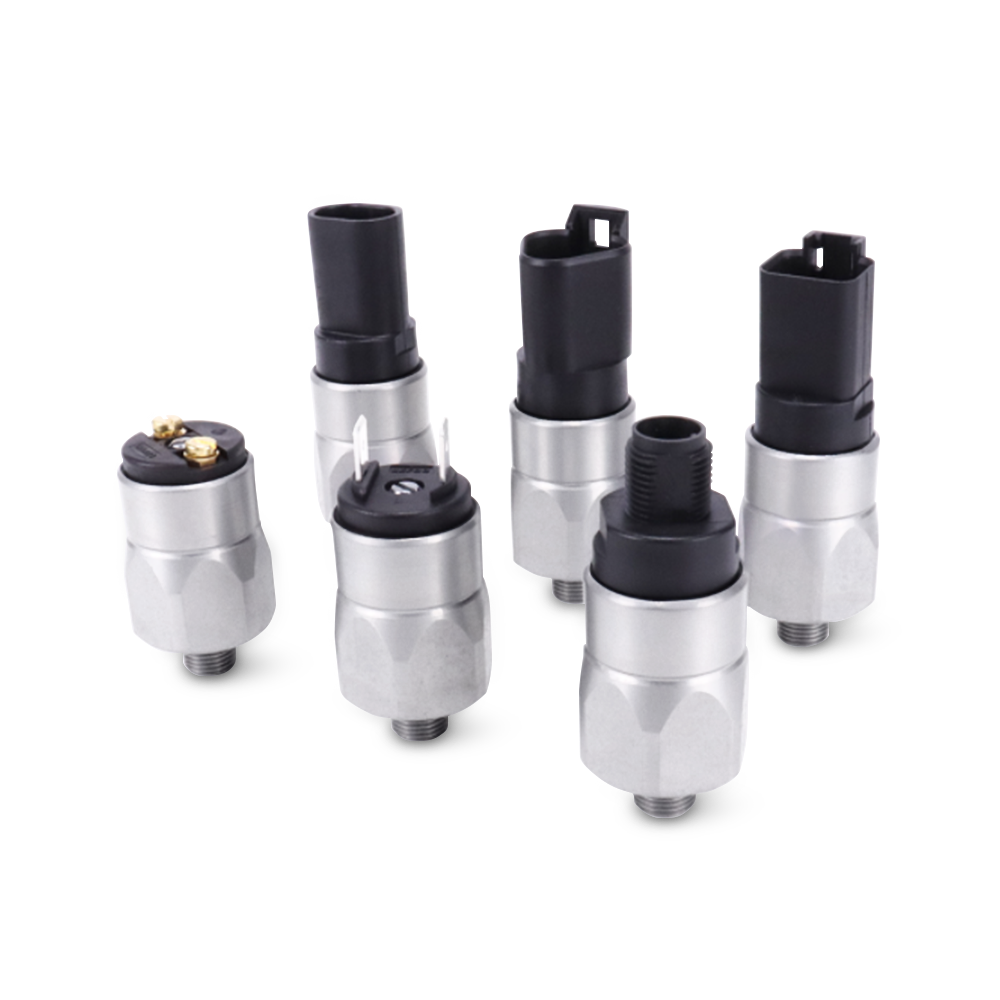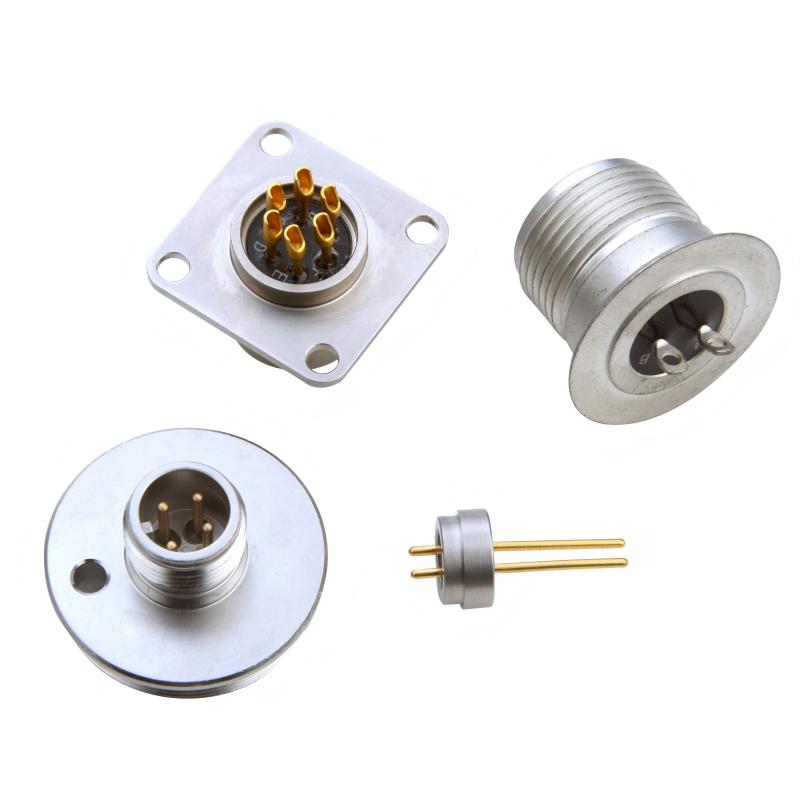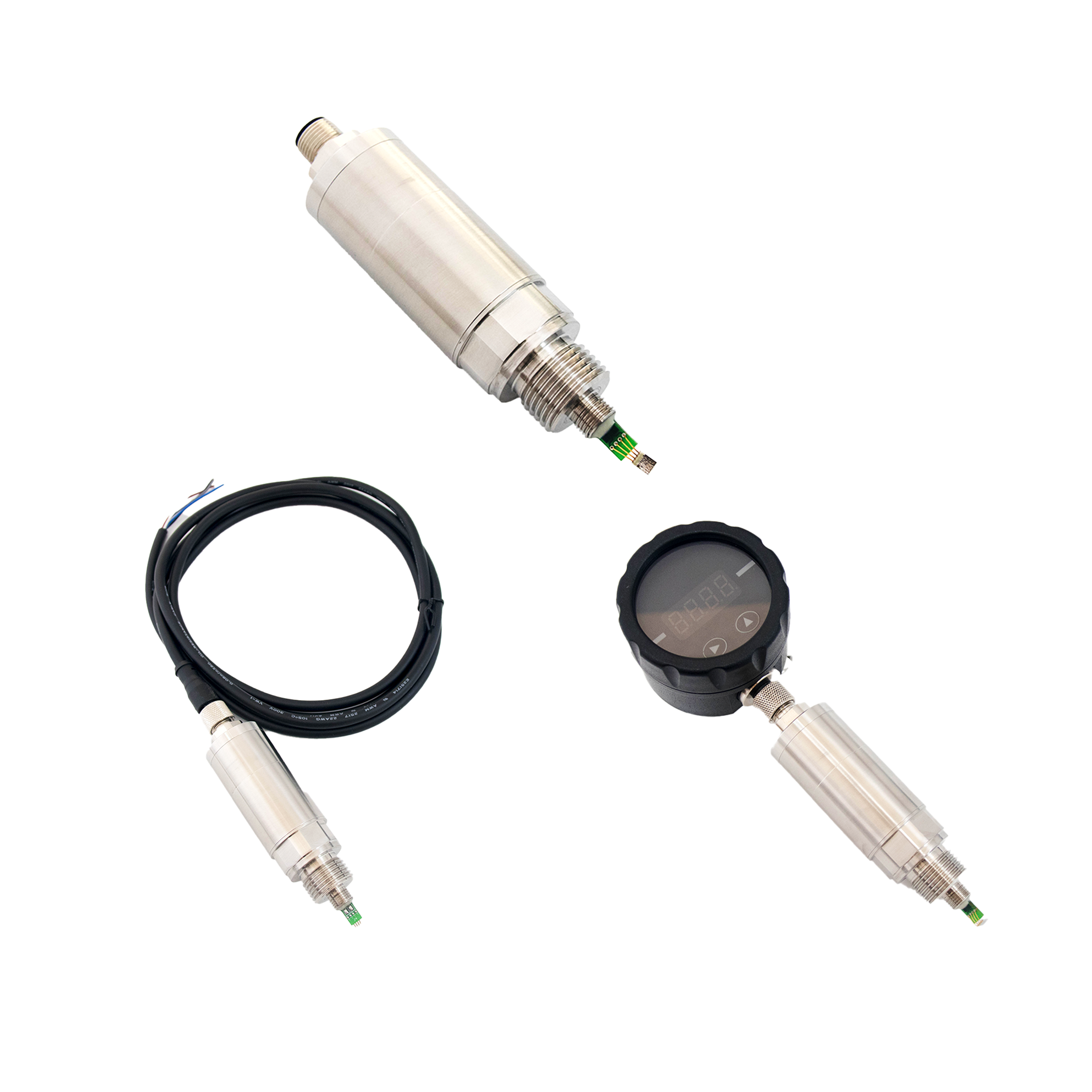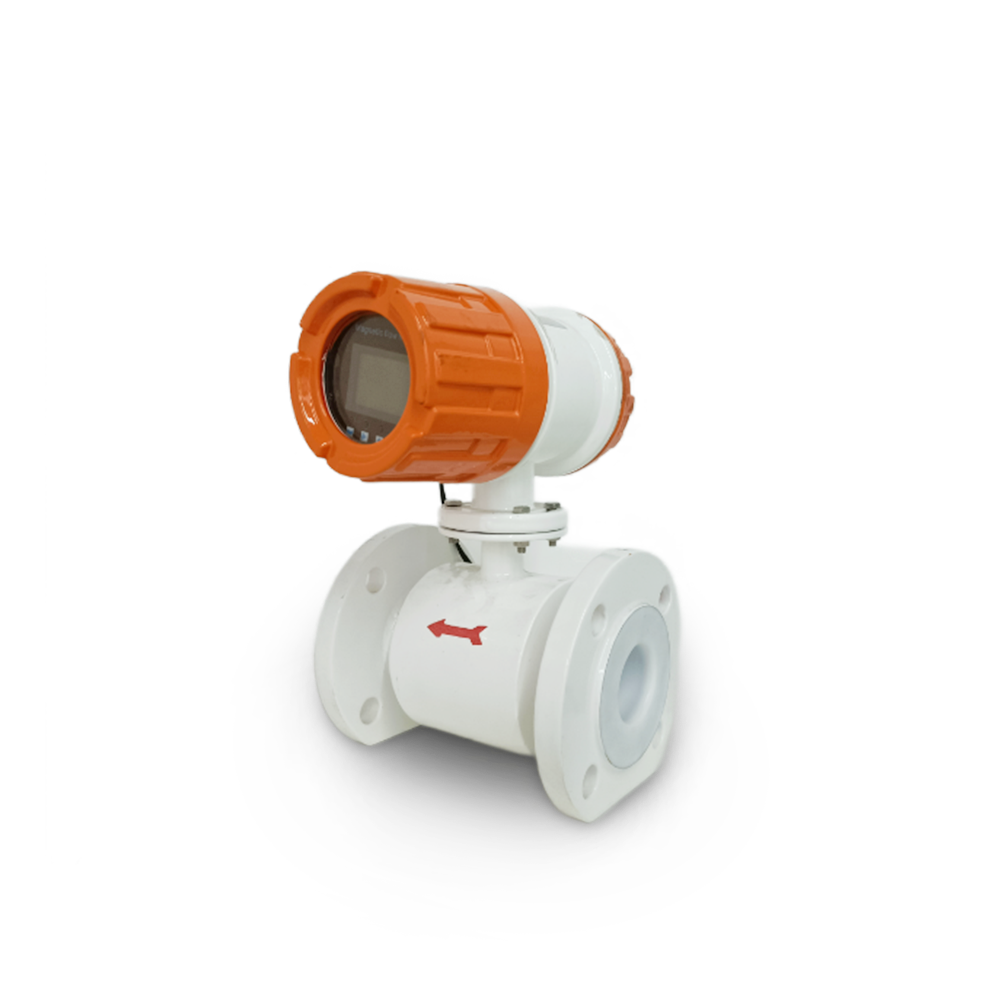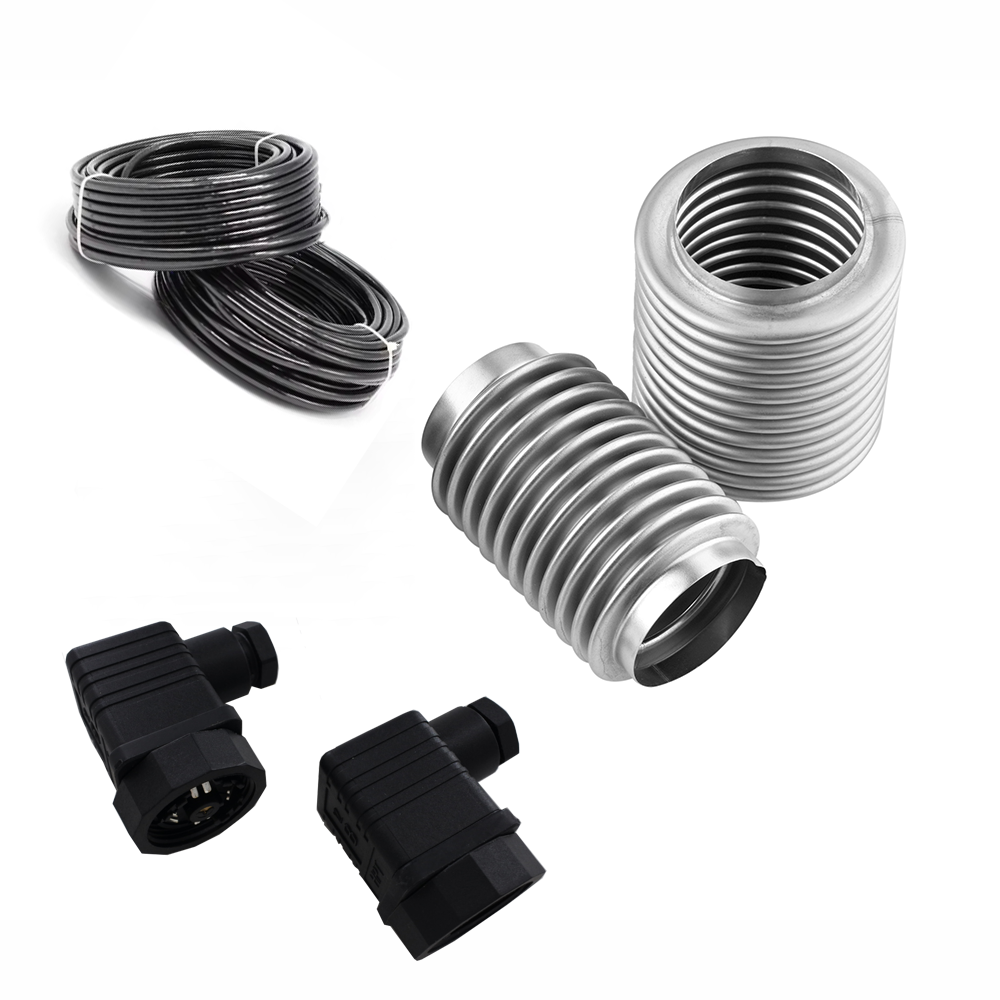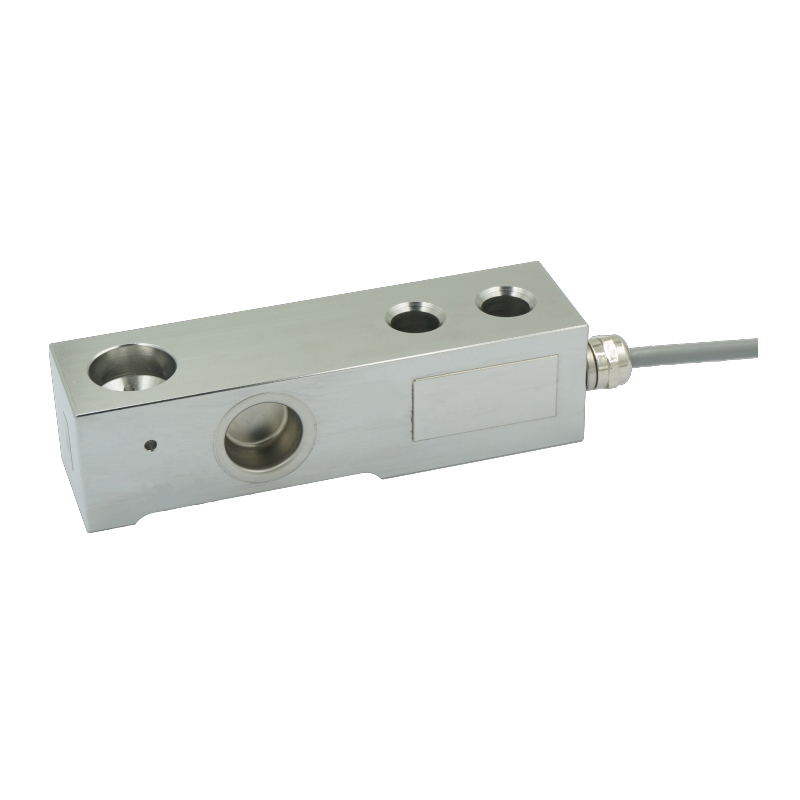The Relationship Between Pressure and Dew Point in Dew Point Sensors: Understanding How Pressure Affects Dew Point in Compressed Air Systems
From: Issued date 2025.10.16 Back
The Relationship Between Pressure and Dew Point in a Dew Point Sensor
In compressed air and industrial drying systems, the dew point is a crucial measurement that directly affects the efficiency and longevity of equipment and processes. The dew point indicates the temperature at which air becomes saturated with moisture and begins to condense. Managing this moisture is essential to preventing corrosion, contamination, and damage to critical components in industries ranging from manufacturing to food processing and pharmaceuticals. However, the relationship between pressure and dew point can often be misunderstood. As pressure increases, the dew point also rises. Understanding this relationship is essential for achieving optimal performance in any system that relies on compressed air.
What is the Dew Point?
The dew point is the temperature at which water vapor in the air reaches its saturation point and begins to condense into liquid water. For compressed air systems, moisture is a primary concern because water in the air can damage equipment, promote corrosion, and negatively impact the quality of products in industries such as electronics, pharmaceuticals, and food processing.
Measuring the dew point accurately is vital for maintaining the dryness of compressed air, and this is where dew point sensors come into play. These sensors help monitor and manage the moisture levels in compressed air systems, ensuring the air remains dry and free from harmful contaminants.
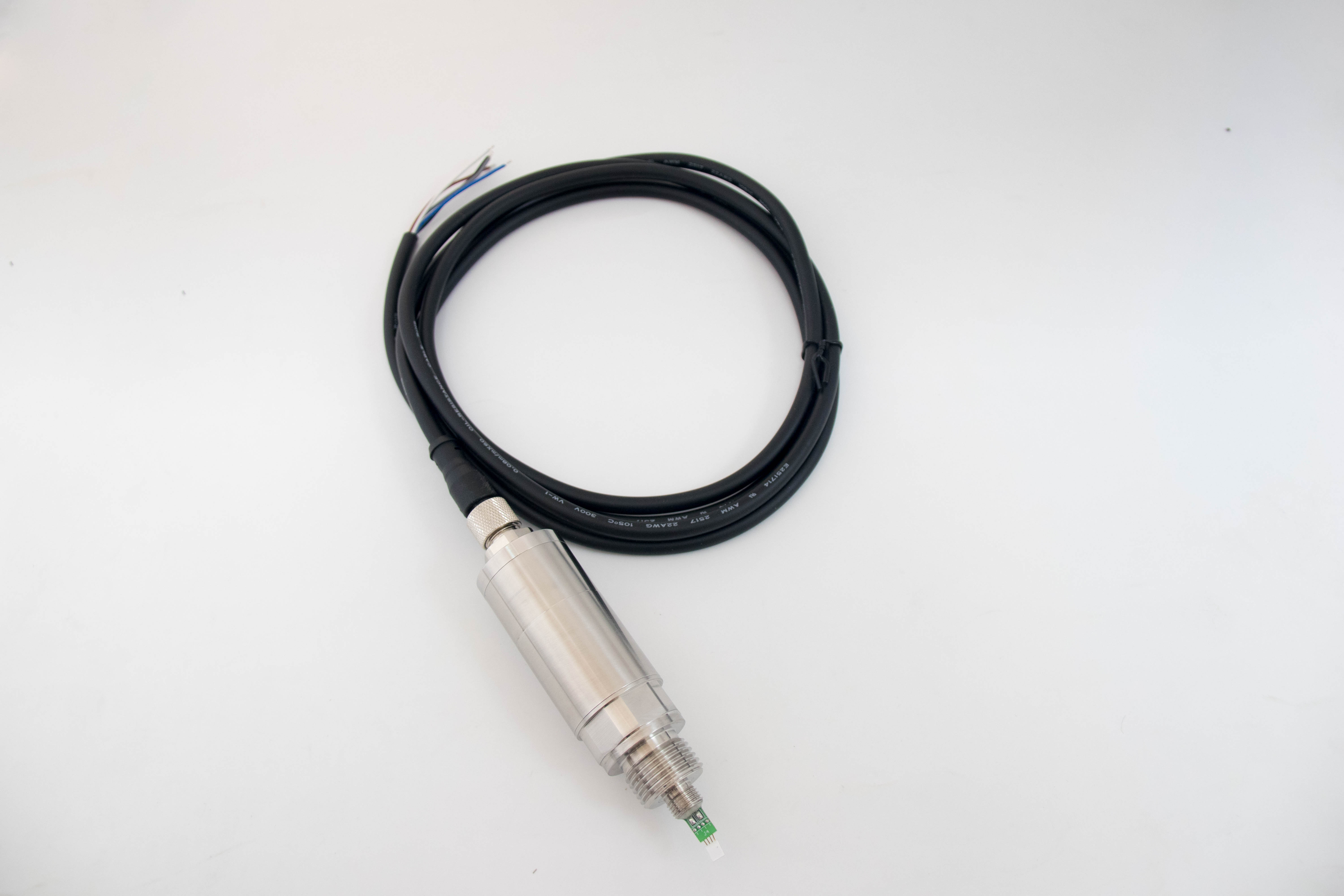
Pressure and Dew Point: How Are They Linked?
When gas is compressed, its temperature increases, and the air becomes saturated with moisture. The pressure at which the air is compressed plays a significant role in the dew point temperature. The relationship between pressure and dew point is fundamental in understanding how moisture behaves in compressed air systems.
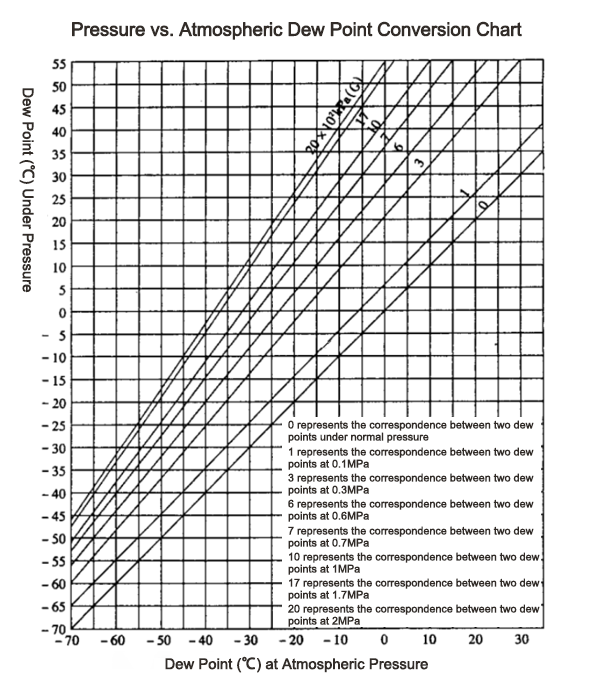
The Impact of Pressure on Dew Point
As pressure increases, the dew point rises. This happens because compressing air causes the gas molecules to be forced into a smaller volume. As the pressure increases, the air's ability to hold moisture (water vapor) decreases, leading to higher levels of condensation. To put it simply, the higher the pressure in a system, the more water vapor it can hold at a given temperature, which raises the dew point temperature.
This phenomenon is often observed in high-pressure compressed air systems, such as those used in industrial and manufacturing environments. For instance, when the pressure in a system increases, the moisture that was previously suspended in the air will begin to condense as the system cools down. If the moisture isn’t removed effectively, it can cause corrosion, clogging, or contamination.
In contrast, low-pressure systems tend to have lower dew points, as the air holds less moisture under lower pressures, reducing the risk of condensation at cooler temperatures.

Why Does This Matter in Compressed Air Systems?
For industries that rely heavily on compressed air, such as electronics manufacturing, pharmaceutical production, and food processing, maintaining a low dew point is essential. Moisture in the air can cause damage to sensitive equipment, lead to bacterial growth, and spoil products. Therefore, ensuring that the dew point remains low even in high-pressure systems is critical.
However, as pressure increases, the dew point naturally rises. Without proper monitoring and control, this rise in dew point could lead to undesirable consequences. Dew point sensors are used to monitor this temperature and help manage the moisture content in compressed air systems, ensuring it does not exceed the acceptable limits.
Example Scenario: High-Pressure Systems in Manufacturing
Consider an industrial facility where a high-pressure compressor is used to provide compressed air for machinery and pneumatic tools. As the air is compressed, its temperature and pressure rise significantly. If this air is not adequately dried, the increased pressure will force more moisture into the system. As the air cools in the downstream components, the dew point temperature could rise, causing moisture to condense and potentially cause rust or corrosion on machinery, or short-circuiting in electronic components.
To ensure optimal performance, the facility would need to use a dew point sensor that accurately monitors and adjusts for the pressure-induced rise in dew point temperature. The sensor provides critical data that allows the facility to maintain appropriate drying processes and avoid costly equipment damage.
The Role of the PCD03 High-Pressure Dew Point Transmitter
The PCD03 High-Pressure Dew Point Transmitter, developed by WTsensor, is designed specifically for high-pressure environments where moisture control is critical. This advanced transmitter is engineered to deliver high accuracy and long-term stability under varying pressures and temperatures, making it an ideal solution for industrial applications where pressure-induced changes in the dew point are a concern.
Key Features of the PCD03 Dew Point Transmitter:
High Accuracy and Stability: The PCD03 provides reliable and consistent dew point measurements, ensuring that moisture levels are accurately monitored in high-pressure compressed air systems.
Temperature Compensation: It offers built-in temperature compensation to adjust the dew point measurement for environmental temperature variations. This feature ensures that the sensor provides accurate readings regardless of external temperature fluctuations.
Wide Dew Point Range: With a wide dew point range from –100 dp℃ to +60 dp℃, the PCD03 can be used in a variety of applications, from low to high-pressure systems.
MODBUS RTU Protocol: The PCD03 is equipped with the MODBUS RTU protocol and an RS-485 communication interface for easy integration into existing systems, allowing seamless data transmission and monitoring.
Programmable Software: The free programmable software enables users to adjust the dew point measurement range as needed, making it highly adaptable to different environmental conditions.
Versatile Connector Options: With multiple connector sizes available, the PCD03 can be easily installed into existing systems without the need for complex modifications.
The WTsensor PCD03 High-Pressure Dew Point Transmitter is designed to perform excellently under high-pressure and low-humidity conditions, making it ideal for monitoring moisture in compressed air systems, freezers, industrial dryers, and other critical applications where pressure can directly impact the dew point.
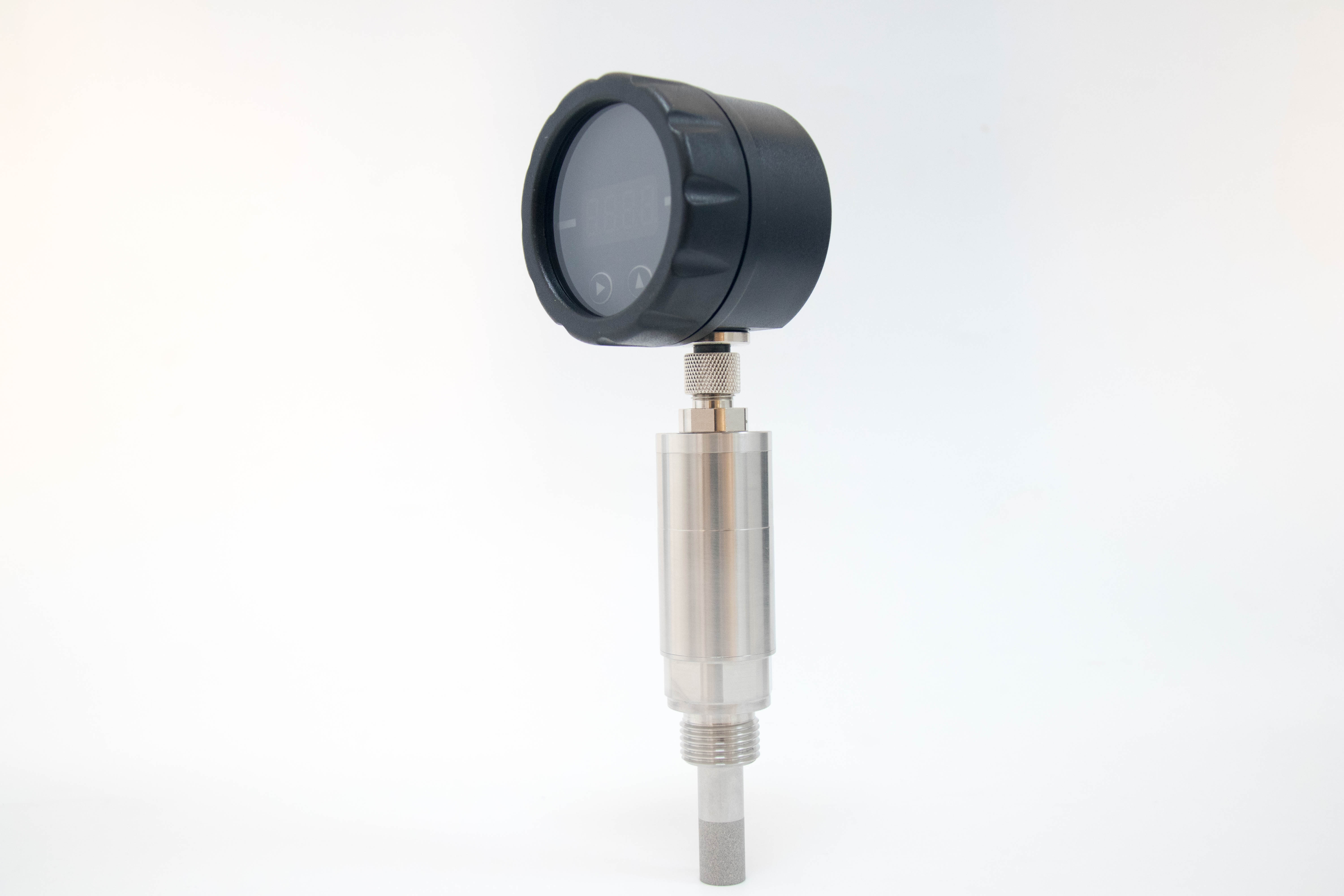
How the WTsensor PCD03 Manages the Pressure-Dew Point Relationship
The PCD03 transmitter is engineered to handle the rise in dew point that occurs when air is compressed. By accurately measuring the dew point across a broad range of pressures, the transmitter ensures that moisture is efficiently removed from the air before it can cause problems. Its high-precision sensors can detect even the smallest shifts in dew point, making it possible to adjust the drying process in real-time and keep the air at the desired level of dryness.
In high-pressure environments, where moisture levels can fluctuate rapidly, the PCD03 ensures that the air remains dry and free of condensation. This is critical not only for protecting equipment but also for ensuring the safety and quality of the end product, particularly in industries where contamination can have serious consequences.
Applications of the WTsensor PCD03 Dew Point Transmitter
The PCD03 High-Pressure Dew Point Transmitter is highly versatile and finds use across a wide range of industrial applications:
Compressed Air Systems: In industries such as manufacturing, automotive, and electronics, compressed air is essential. The PCD03 ensures that moisture levels are constantly monitored and controlled.
Freezers and Cryogenic Systems: For systems operating at extremely low temperatures, where moisture is a critical concern, the PCD03 maintains accurate dew point measurements.
Plastic Dryers and Adsorption Machines: In processes that require the drying of materials, such as plastics, the PCD03 helps ensure that moisture is effectively removed, preventing defects in the final product.
Industrial Drying Processes: From paper mills to chemical processing, the PCD03 is used to ensure that the air in industrial drying systems remains dry, preventing any moisture-related issues in the manufacturing process.

